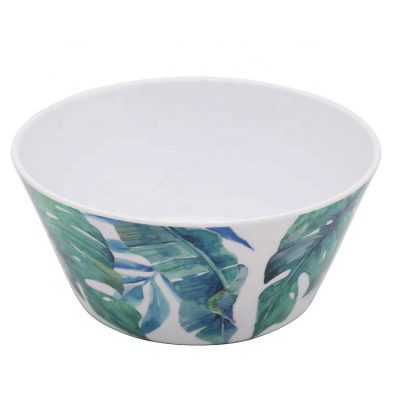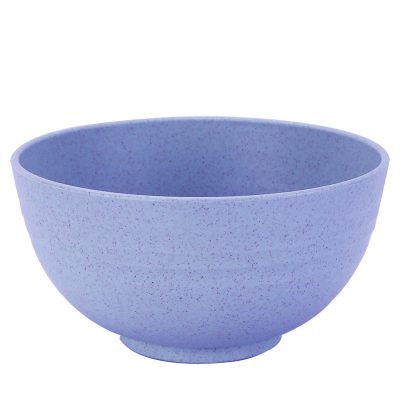Is heating plastic tableware toxic?
We first need to know what will be added to the plastic lunch box? Yes, there is a substance called plasticizer. Plasticizers can enhance the flexibility of plastics, making them easier to process and plastic, and have been widely used in industry. Therefore, plastic products are very easy to release plasticizers after heating. At present, the commonly used plasticizers in the market mainly include DBP, DEHP, DINP and DIDP, etc.
Each kind of plastic has its heat resistance limit. Among the materials used for food, polypropylene (PP) can withstand 140℃, followed by polyethylene (PE) which can withstand 110℃, while polystyrene (PS ) Can only heat up to 90°C. Currently commercially available plastic lunch boxes for microwave ovens are mainly made of PP or PE. If the temperature exceeds their heat resistance limit, the plasticizer may be released. Therefore, long-term heating of plastic lunch boxes at high temperatures to reheat food should be avoided. .
Plastic tableware you want to use like this!
Plastic lunch boxes only heat water-filled foods such as porridge and soup. Meat foods, including high-sugar foods, are heated in porcelain or glass. If plasticizers are used in food containers and food packaging materials, they shall not come into contact with oily foods and infant foods.
Even the microwave plastic tableware that has passed the standard test is only recommended to be used under 700W and short-term heating conditions. Unless the product is marked for cooking or has obtained other higher-requirement international certifications, it can be used in more stringent conditions. Use under conditions. 700W is roughly equivalent to the mid-range firepower of a microwave oven. Generally, there are instructions on the output power corresponding to each firepower in the manual. Short-term heating refers to heating for 2 to 3 minutes and cannot be used for cooking cooked food.







